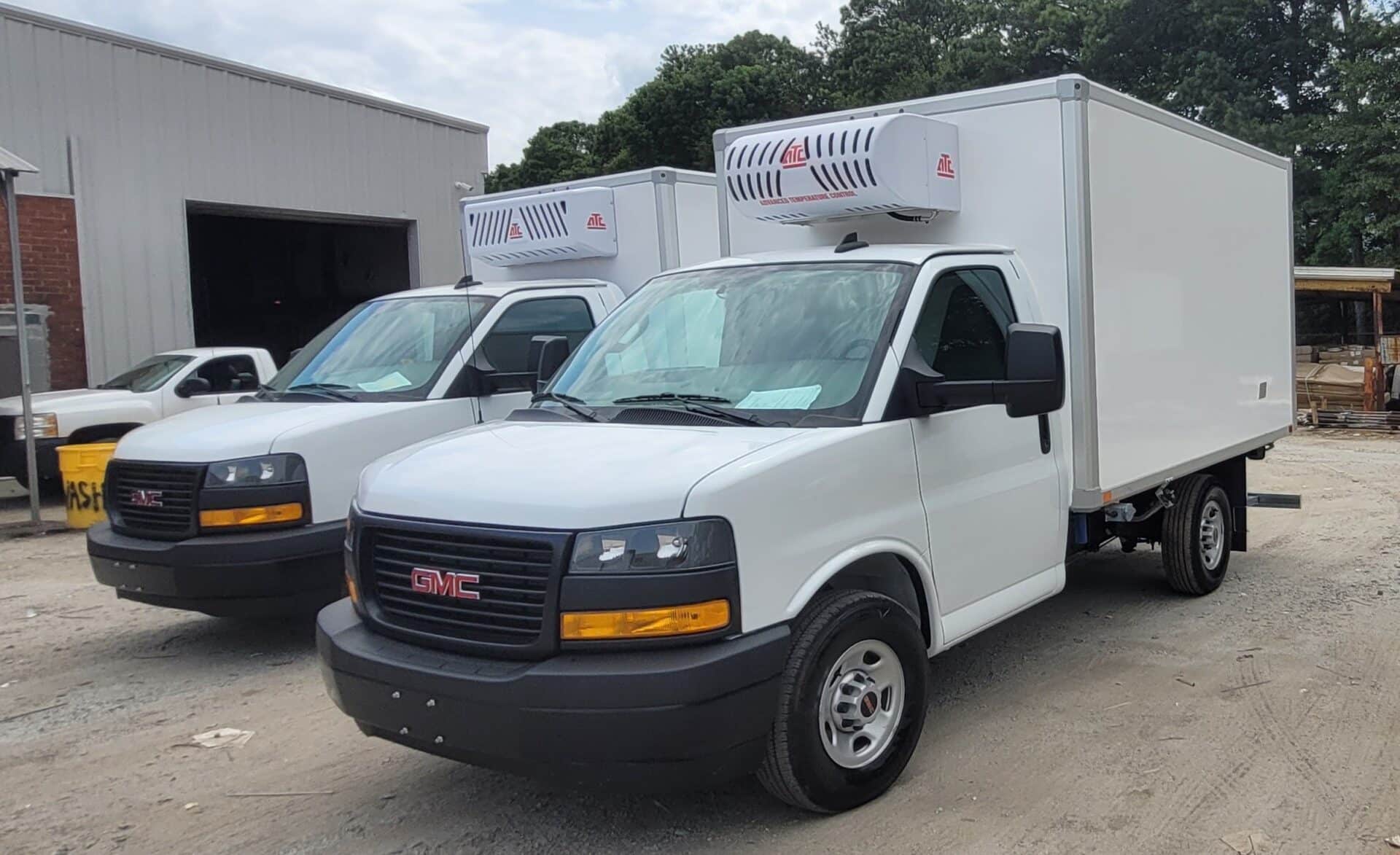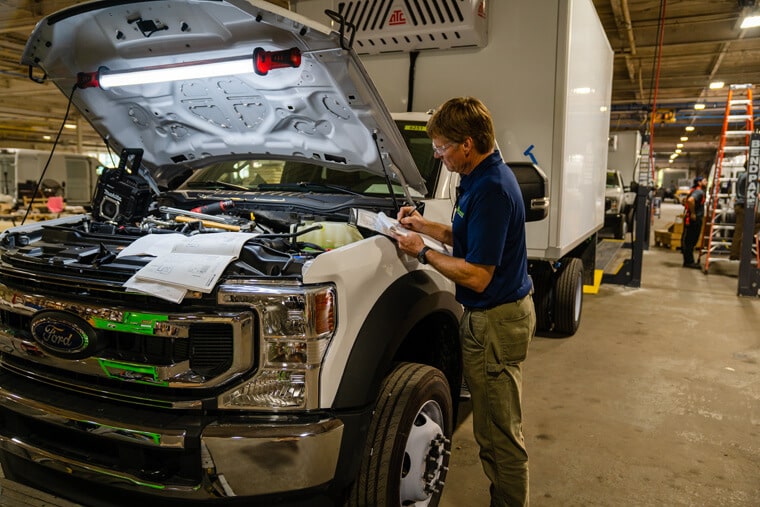
The Different Types of Refrigerated Vans
Joe Dickman | March 18th, 2020
One variable among many in supply chain logistics is the necessity to keep some goods cool. Companies equip train cars, cargo ships, and trucks and vans to keep the cold in and the heat out when transporting goods over long distances. However, there are a few specific van types that vary according to shipment needs. Here is a guide to the different types of refrigerated vans.
Insulation Van
The definition of a refrigerated van is a vehicle that not only keeps goods cool by keeping heat out and the cold in, but also actively maintains the cold through refrigeration. Insulation vans don’t fit this latter qualification—they don’t have a refrigeration system—but they are adept at keeping goods cool for as long as possible. As a result, these vehicles are best for transporting cool long-lived or non-perishable products. Their 50-millimeter Styrofoam or polystyrene insulation prevents an easy thermal bridge from forming and introducing heat by cutting off all potential heat and air entryways when employees seal the cargo.
Chiller Conversion Van
Chiller conversion vans are essentially insulation vans with a refrigeration component attached. This means that it keeps heat out effectively while bringing in more cool air to keep temperatures low. This allows companies to transport many perishable products to do not require below-zero storage temperatures. Some examples of companies that use chiller conversion vans include florists and those shipping non-frozen foods or beverages.
Semi-Freezer Van
Meanwhile, semi-freezer vans have more advanced insulation, about 75-millimeters thick, than chiller and insulation vans while boasting a higher refrigeration capacity than chiller vans. These vans can transport frozen foods and other items that must stay below freezing. It also has quick-defrost measures that eliminate the need for a defrost heater.
Full-Freezer Van
Among all the different types of refrigerated vans, full-freezer vans, true to their name, allow for the most significant freezing. They share many of the same features as the semi-freezer vans, but with at least one added dimension: thicker, heat-resistant doors and sidewalls. This lessens how much the inside of the cargo area heats up due to conduction from the sun’s rays on the metal exterior.
Regardless of whether you need an insulation van or a full-fledged full-freezer vehicle, contact Emerald Transportation Solutions. We sell quality refrigerated cargo vans that vary based on your specific needs, so you get exactly the van that fits your cargo.
Related Articles
Contact Us
Feel Free To Contact Us If You Have Any Questions
What does under DOT mean?
Questions regarding DOT requirements come up often. 10,000 lbs GVW (gross vehicle weight) and over are commercial vehicles that fall under the Department of Transportation regulatory requirements.
What is the difference between GVW and payload?
GVW or Gross Vehicle Weight is the entire weight of the vehicle including the payload. The payload weight represents the amount of cargo you are hauling.
What is a self-powered unit and a vehicle-powered unit?
A self-powered unit has its own fuel source and will run independent of the truck. This is the heaviest and most expensive option. While vehicle-powered units run off the engine via a compressor mounted on the engine. These are less expensive and lighter in weight but you must run the truck or plug the electric standby into shore power.
What does K-factor mean and why is that important?
K-factor is a term that stands for the overall insulating value of the container (truck body). Quite simply the lower the K-factor the better the truck body will be able to maintain a given temperature and require less energy to do so.
How much lighter is a Poly Van vs a US spec body?
Poly Van bodies are very light. On average we estimate we are 75-150 lbs per foot lighter than a traditional sheet and post foamed in place body. These weight savings translates to less fuel burn and less CO2 emissions, along with added payload, the most important benefit.






